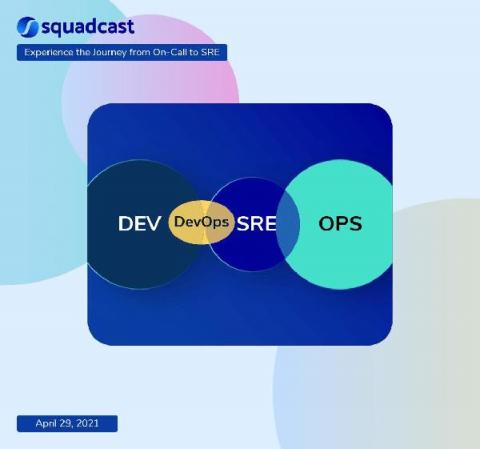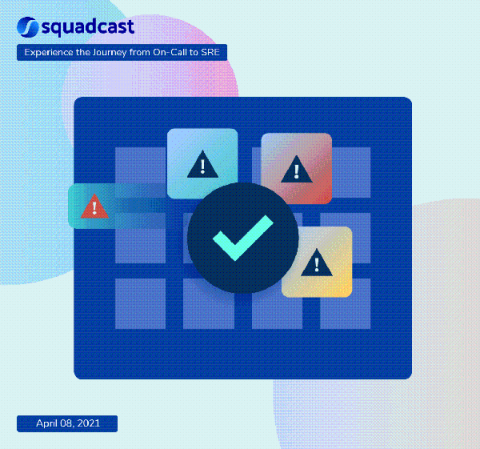Top SRE Toolchain Used By Site Reliability Engineers
We have compiled a list of the most popular and sought out tools (some you may have heard of) that SREs need in their toolkit - at every phase of a production system to keep up with SRE best practices Site reliability engineering (SRE) practices help organizations by ensuring smooth functioning of their deliverables with utmost reliability and resilience. These can be achieved by a set of well-defined tools that are deployed at every phase of the production system to keep up with SRE best practices.











